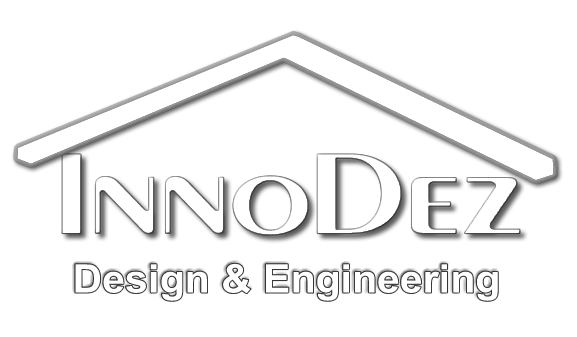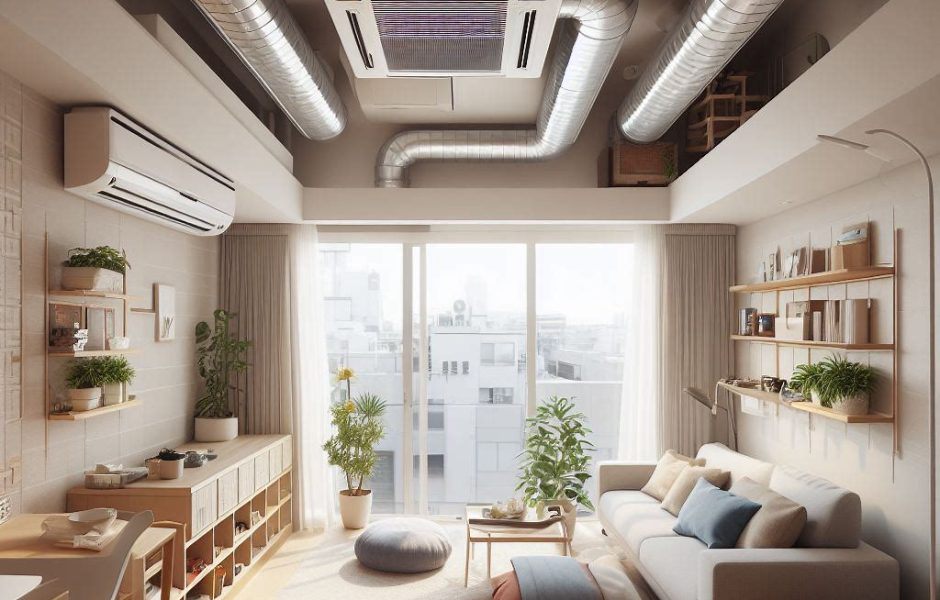In the intricate tapestry of modern buildings, the silent architects behind functionality and comfort are Mechanical, Electrical, and Plumbing (MEP)
A schematic design is the initial stage of elementary services for the design of the construction project. At this stage, the design expert describes the project in three-dimensional (3-D) form. In California, the architect uses a wide variety of alternative design plans are explored to describe the character of the finished project and the best insight of the project. The schematic design contains a comprehensive explanation of building systems including structural, HVAC, electrical, mechanical, plumbing, electrical, building site, and the interior and exterior appearances. In this article, we will discuss the purpose, its main components, working, and basic tasks involved in this stage.
Introduction to Schematic Designs
Schematic design can be defined as a rough drawing of the construction that provides a general outline of a project’s significant aspects and construction budget estimates, permitting you to check if your plan fits within the cost of the project. The construction team converts concepts into physical drawings or graphical representations that you can explore and edit to assist craft your project and make yourself prepare for the next stage of the architectural design. Schematic design is the preliminary stage of the architectural design process, which incorporates design improvement, construction documentation, construction administration, and bidding.
Purpose of Schematic Designs
The main purpose of schematic designs is to convert the conceptual ideas of the project into physical sketches of space. The level can assist you to make the initial steps of the site or floor plan and sketch the elevation drawings. The architect or construction project group will map out a plan or the schematic design to assist elaborate your structure or project’s elementary design ideas before construction. These rough diagrams will help specify the spatial relations between the features of the building and let you imagine your ideal workspace or home in its original form.
Main components of Schematic Designs
Schematic designs should include the major components of the construction, such as the complete detailing and locations of all structure code features, such as the heating, cooling, air conditioning (also referred to as HVAC), and mechanical, electrical, and plumbing systems. Yet, schematic designs are simply a basic outline to communicate a project design scheme to the proprietor. These designs do not contain extra information like specific components of interior design or special characteristics.
Working of Schematic Design Phase
Before you settle the ultimate design options, you must determine if your scheme is even achievable. In California, the professional architects or designers will follow this basic workflow of the schematic design phase to achieve optimum outcomes.
- Work with the designer:
During this phase of construction project, an architect or the designer will work in collaboration with you to define the basic plan of their workspace, home, or commercial site for the general contractor.
- Decide the size and objective of the project:
The architect will assist you to determine the size, scale, extent, dimensions, and objectives of the design, and if these features have sufficient building code acquiescence.
- Polish the design documentation
The architect polish or refines these documentations of the project design until you are set to approve the project deliverables. After that, the construction documents of the project are ready for the succeeding stage called the design development stage.
Basic Tasks in the Schematic Design Stage
The following are the basic tasks involved in the schematic design stage of architectural design:
- Management of the schematic design development:
The design manager is required to manage the entire design team or group in developing and providing the schematic designs for the construction project. He needs to regulate the agreement of the schematic design with the concepts of the functional design as well as evaluate the design and coordinate this with a complete project program.
- Budget plan
The design manager should control and coordinate the development of the overall budget plan of the schematic designs with the quantity inspector, with participation from all the related design professionals.
- Design risk identification
The design manager must identify all the risks associated with the schematic design within the entire framework of risk management and requires to analyze design risks and update the record.
- Approval of the Construction Project
The design manager should assess and update the design approval procedure and coordinate with the requirements of the design process along with the input from the team members. He also requires to handle the submission of any necessary design approval requests by the design team.
- Schematic design report
The design manager must coordinate the provision of the schematic design report and deliver the report to the project owner. Afterward, the owner can see the progress and provide any remarks before moving onto the succeeding detailed design phase.
Conclusion
By concluding this article, we came to know that schematic designs are a rough design of the project that gives you the general idea of the building’s significant aspects and the cost estimates. It can chiefly translate the conceptual thinking about the project into the physical representations of the space. Typically, it provides you the basic framework of the project. All the details of the project will be developed during this phase.



About Author
InnoDez